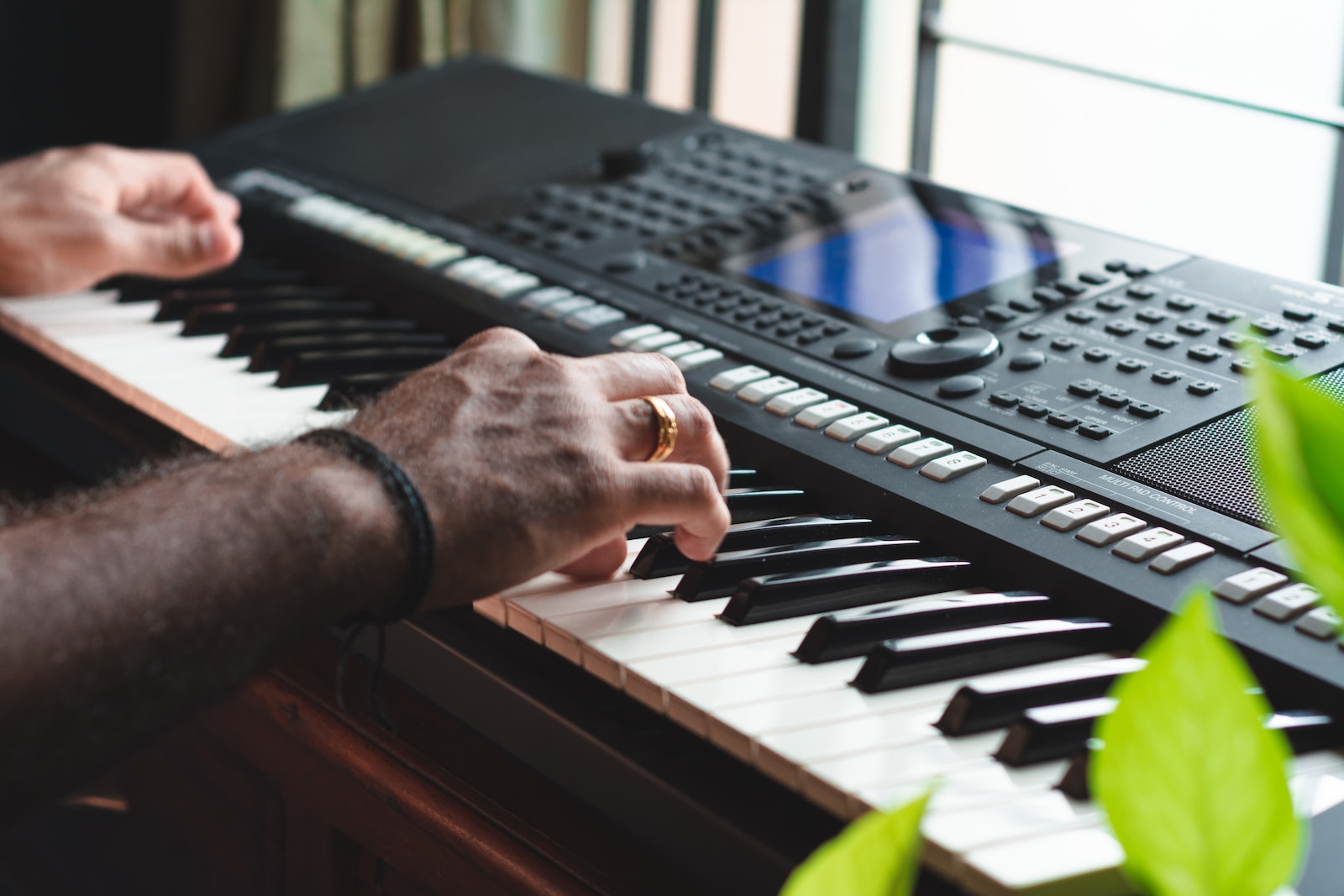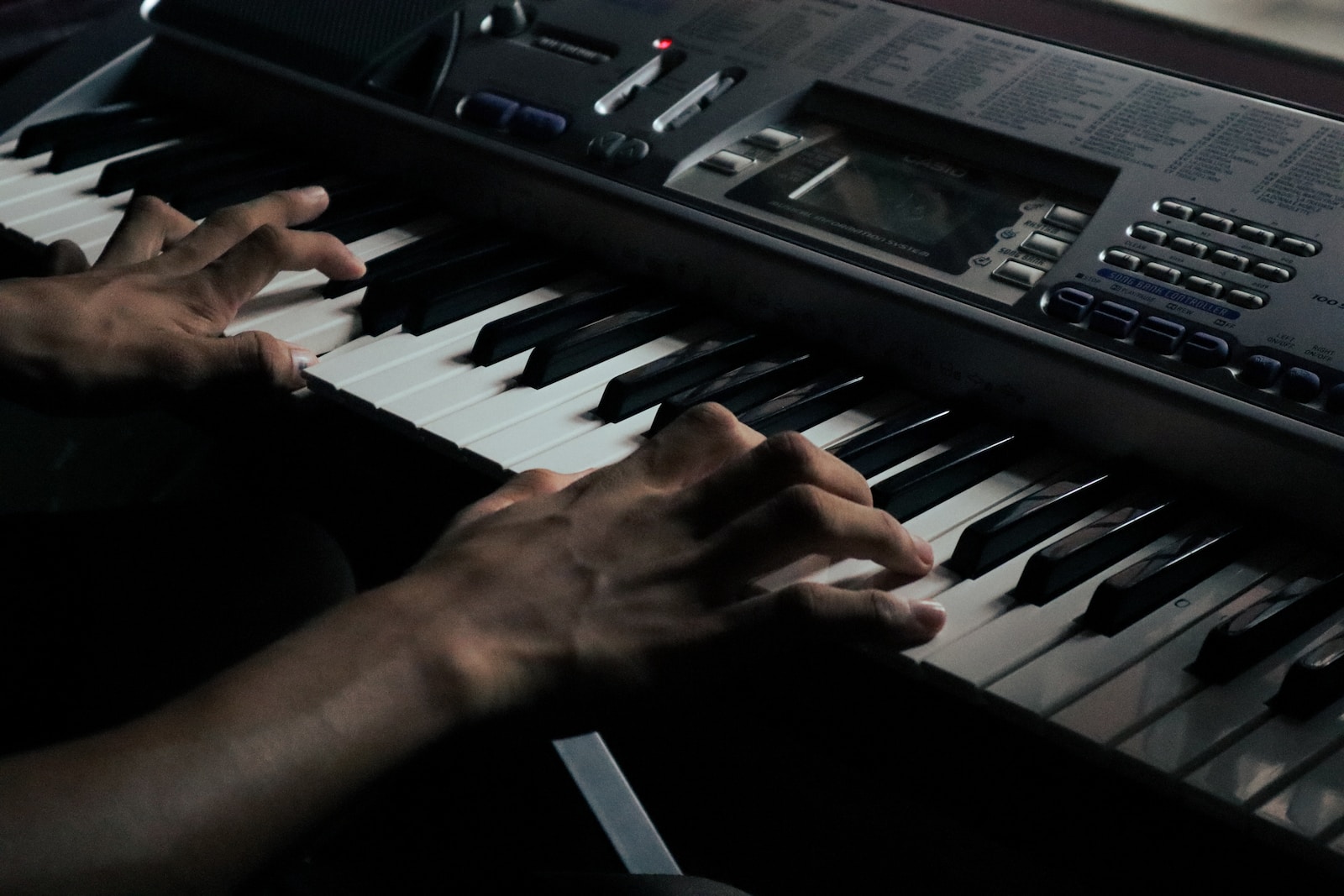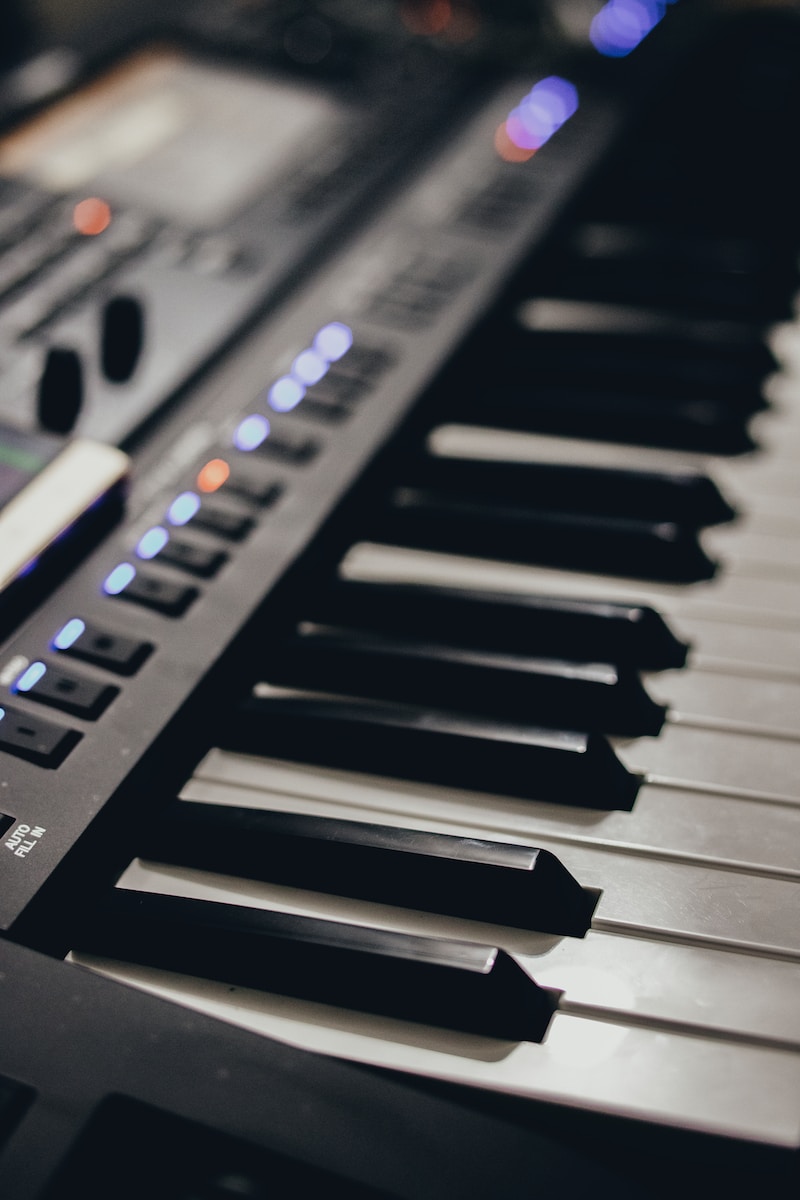 An arranger keyboard is a type of electronic keyboard that is designed specifically for arranging and performing music. These keyboards typically have a wide range of features and capabilities that make them ideal for live performances, music production, and composition. One of the key features of an arranger keyboard is its ability to generate accompaniment tracks on the fly. This means that the keyboard can automatically play drums, bass, and other instrument tracks while the musician plays a melody or other lead part. The accompaniment tracks can be customized to match the style of music being played, and the musician can control the arrangement and intensity of the accompaniment using various controls on the keyboard.
An arranger keyboard is a type of electronic keyboard that is designed specifically for arranging and performing music. These keyboards typically have a wide range of features and capabilities that make them ideal for live performances, music production, and composition. One of the key features of an arranger keyboard is its ability to generate accompaniment tracks on the fly. This means that the keyboard can automatically play drums, bass, and other instrument tracks while the musician plays a melody or other lead part. The accompaniment tracks can be customized to match the style of music being played, and the musician can control the arrangement and intensity of the accompaniment using various controls on the keyboard.
 Another important feature of arranger keyboards is their large library of built-in sounds and instrument voices. These keyboards often come with hundreds or even thousands of different sounds, including pianos, guitars, drums, horns, and other instruments. The sounds can be layered, modified, and combined to create unique and complex sounds.
Another important feature of arranger keyboards is their large library of built-in sounds and instrument voices. These keyboards often come with hundreds or even thousands of different sounds, including pianos, guitars, drums, horns, and other instruments. The sounds can be layered, modified, and combined to create unique and complex sounds.
Arranger keyboards also typically come with a variety of performance and editing tools, such as pitch bend, modulation, and sustain controls. These tools allow musicians to add expression and nuance to their playing, and to manipulate the sound in real time. In addition to these features, many arranger keyboards come with built-in sequencers, recording capabilities, and other production tools. This allows musicians to create and record full tracks on the keyboard itself, without needing to use a separate computer or other device.
When choosing an arranger keyboard, there are several important factors to consider. Here are some of the key things to look for:
- Sound Quality: One of the most important considerations when choosing an arranger keyboard is the quality of the sound. Look for a keyboard with a wide variety of high-quality instrument voices, and make sure that the sound is clear and realistic. Different brands offer different sets of instrument voices and may differ in the quality of their samples.
- Accompaniment Features: Another key factor to consider is the accompaniment features of the keyboard. Look for a keyboard that has a wide variety of styles and backing tracks to choose from, and make sure that the accompaniments can be customized and controlled easily.
- Keyboard Action: The feel of the keyboard is also important. Make sure the keys are responsive and comfortable to play, and that the action feels similar to that of an acoustic piano if that is important to you.
- Display and Interface: Look for a keyboard with a clear, easy-to-read display and an intuitive interface that allows you to easily navigate the various features and options.
- Recording and Editing Capabilities: If you plan on using the keyboard for music production, make sure it has the necessary recording and editing capabilities. Look for a keyboard with a built-in sequencer, recording features, and the ability to connect to a computer for more advanced editing.
- Portability: Consider the size and weight of the keyboard if you plan on taking it to gigs or rehearsals. Make sure it is portable enough for your needs, and that it has the necessary connections and accessories to connect to other gear if needed.

Overall, arranger keyboards are an extremely versatile and powerful tool for musicians of all levels. They offer a wide range of features and capabilities that make them ideal for live performances, music production, and composition, and are an essential piece of equipment for many professional musicians and producers.










































































































